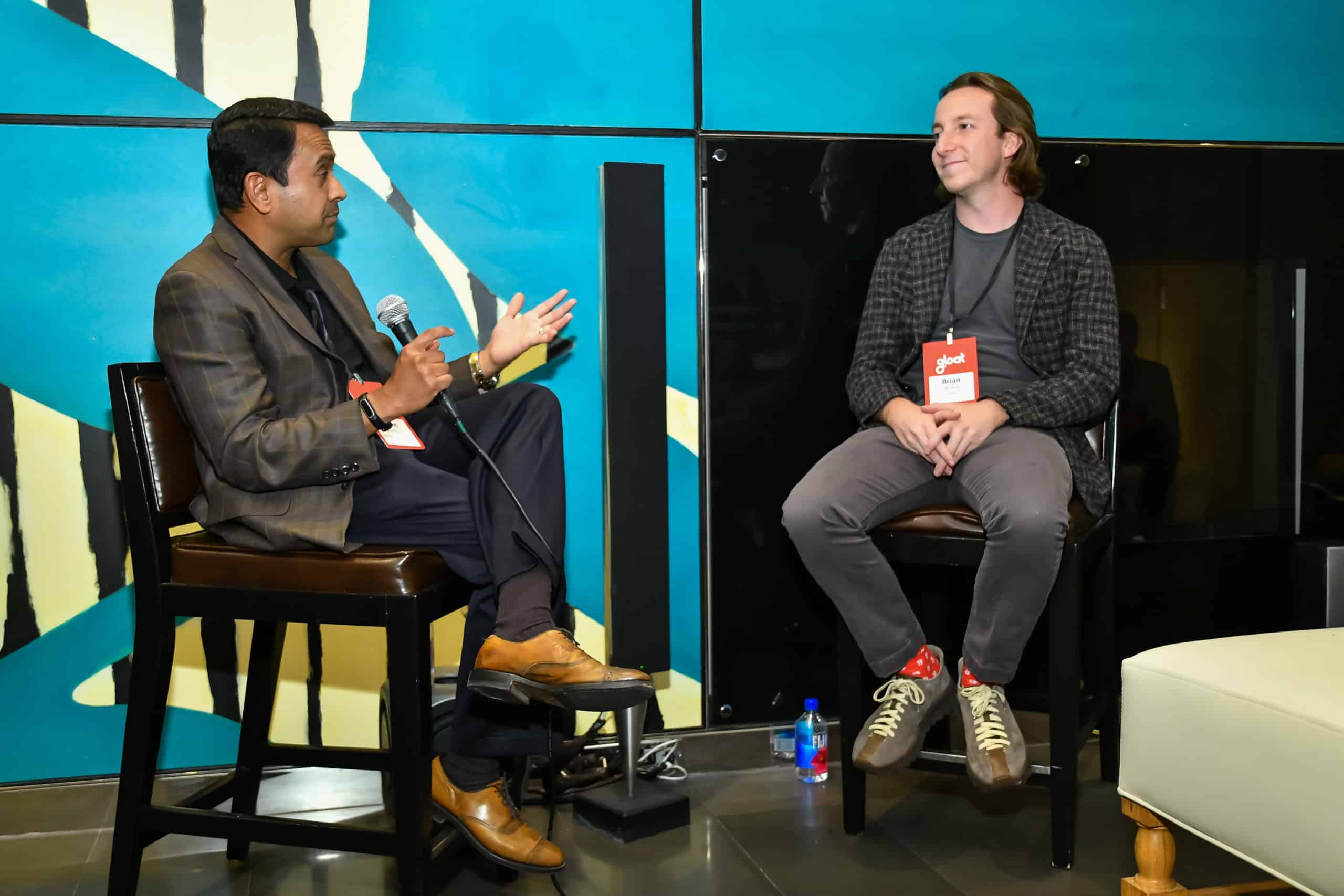Rediscovering your workforce
As companies’ needs change, so do their talent pools. But what if organizations were able to look at their workforces and instead ask, “What can we do with our existing resources”?

When companies recruit new employees, they usually do so based on the specific skills and abilities that they possess. Essentially, companies are asking “What are the tasks we need to get done,” and then, once they have an answer, follow up with “who can help get these tasks done?”
And for most businesses, that’s more or less where the question-asking stops when it comes to the workforce. As long as the company’s requirements are being met, there’s no real need to look further.
But when you hire a person for a specific skillset, you also get additional skills and experience bundled in with that person – skills that you weren’t necessary looking for – at no extra cost.
These skills can easily be overlooked – and for companies that are just looking to get their pre-defined requirements answered, that’s not a problem.
But what if you were able to look at the entirety of the skills and abilities of your workforce, and rather than ask “How can these skills help me get my tasks done,” you were to ask “What kind of tasks can I get done with the talent available to me?”
For some companies, this could mean uncovering a wealth of hidden potential and opportunities, and open up entirely new avenues of possibility they may have been unaware of.
Changing Your Approach
As the Digital Transformation continues to change the way we think about work, new approaches to almost every aspect of the workplace are beginning to arise. New HR technologies are beginning to provide unprecedented visibility into large workforces, bolstering agility and resilience in the face of a tumultuous and unstable economic landscape, and companies are harnessing all of their resources in an ongoing effort to respond and deal with new situations as they arise.
But while it’s become quite common to think about new ways to address old goals, the question of “what else are we capable of doing” is rarely asked.
And that’s a shame, because with the data that modern HR platforms gather and analyze, it’s not just new approaches to managing the workforce that we should be thinking about.
Flat Hierarchy, Democratized Workplace
Talent Marketplaces and other new tools in the HR toolbox promise to “flatten hierarchical organizational structures” and “democratize the workplace.”
Almost every discussion pertaining to the future of work generally tends to agree that these are important goals for forward-thinking organizations, but they’re often discussed in the context of a “self-managing workforce,” in which the assumption is that goals are still dictated from on-high, and that it’s only the how, not the what, that the workforce will manage on its own. But a democratized organization can do more than just manage itself. When you are able to look at the skill and talent availability within an organization in a holistic manner, unshackled from the paradigm of job descriptions, you can also start asking what else your company can do. By virtue of sharing their skills and abilities, employees may start influencing not just their own career paths within the organization, but the business model and strategy of the organization itself.
But what would that actually look like?
Endless Possibilities
As companies adapt and change, departments might get closed, downsized or restructured.
If the company has a strong culture of inner mobility, the people making up the department might find new positions within the organization and remain employees in the capacity of new roles. But it’s also possible to look at the specific skills and abilities encapsulated within that department and ask, “What else can this group of people do, together?”
The department closing down may be sales-oriented, but with smart skill mapping, you may find that many of the people staffing it also possess coding abilities, or may have a marketing background – and that they can continue to work as a cohesive unit within the company under a completely new directive.
You might also find that many of your employees are familiar with specific fields you’ve never associated with your business before – many might be musicians, or ski enthusiasts, or avid cooks, to name a few whimsical options – and already able to interface with and open up new markets and fields for your product, if only they had the chance to sit down together and think about the way their skills relate to the business.
So what does this mean for the future of work?

Keeping an Open Mind
As Shakespeare’s Hamlet once said, “the readiness is all;” in a world that’s in constant flux, having the ability to put one and one together to forge new paths for your organization is critical, and being able to look at all of your options before hard choices are made can truly make or break a company.
Being able to constantly re-discover what your workforce is capable of, regardless of what you originally hired it for, is a major game changer. It requires keeping an open mind, but holds the potential to allow your company to seize and capitalize on opportunities you may have never even been aware of.





